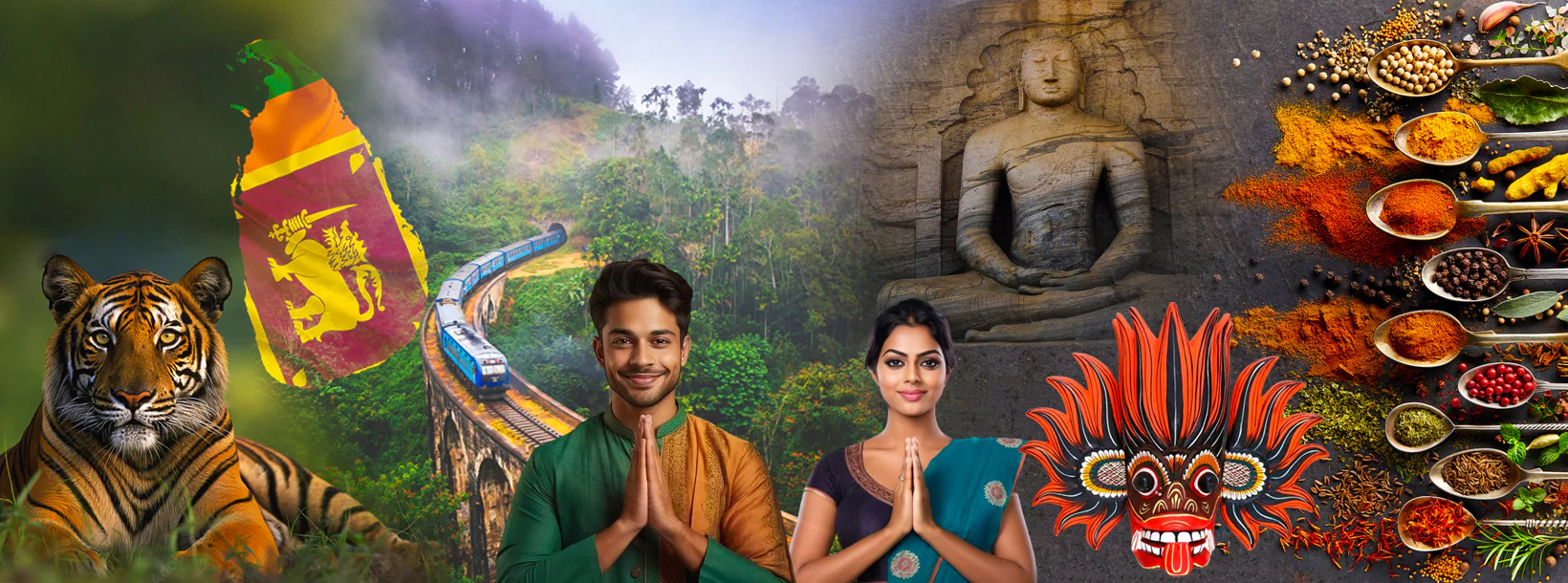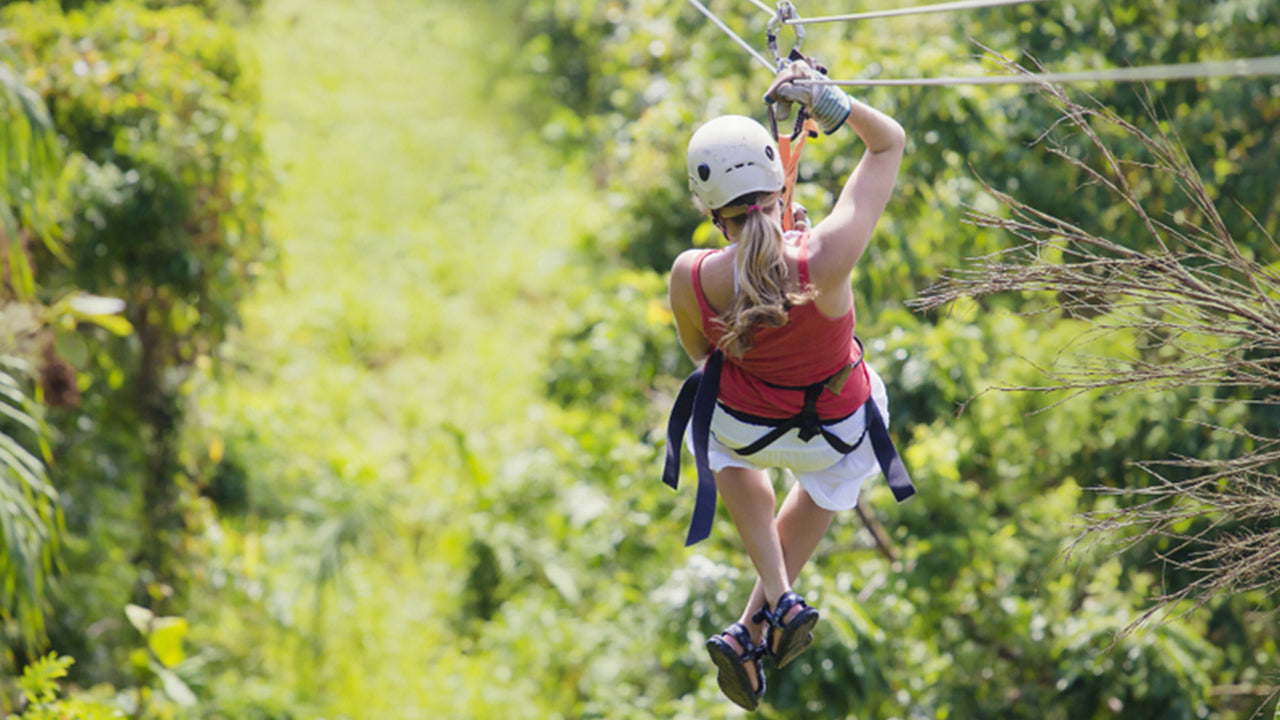
Sri Lanka
Sri Lanka, an island nation in South Asia, is renowned for its rich cultural heritage, diverse landscapes, and wildlife. Attractions include ancient temples, pristine beaches, lush tea plantations, and vibrant festivals. The country's unique blend of cultures, warm hospitality, and delicious cuisine make it a captivating destination for travelers.
Flora and Fauna
Fauna
Sri Lanka has the distinction of having the world's oldest recorded wildlife preserve also Sri Lanka has one of the highest rates of biological endemism (16% of the fauna and 23% of flowering plants are endemic) in the world. More than 2000 years ago, in the 3rd century BC, a region in north central Sri Lanka was set aside by royal decree to be free of all hunting. Today, more than 8% of the land is preserved as national park or nature preserve. The country has 22 National Parks and about 1,860,000 ha of Sri Lanka are forested.
Mammals: Sri Lanka is home to roughly 123 species of mammals, 41 of which are threatened (9 critically). 16 of the species are endemic, of which 14 are threatened, including the large sloth bear. mammalian orders), with 30 different species. Sri Lanka's surrounding waters are home to 28 species of Cetaceans.
Among the mammals the elephant takes a leading place as king of the forests. Sri Lanka has two sub-species of the Indian elephant.
Reptiles: Lanka currently contains 185 species of reptiles, of which 60 are threatened and 115 are endemic. Most of the reptiles are snakes and the largest are two species of crocodile, the mugger crocodile and saltwater crocodile.
Amphibians: Sri Lanka has one of the richest diversity of amphibians in the world, containing 122 species of amphibians up to with 112 endemic species.
Birds: Sri Lanka is home to 227 species of birds, 46 of which are threatened.
Fish: Sri Lanka contains 93 species of freshwater fish, and 50 of which are endemic to the country. There are 8 species of brackish water fish that also come to freshwater, and 24 introduced exotic fish species.
Insects: Insects belonging to all 32 orders except Grylloblattodea have been recorded from the Sri Lanka.
Flora
Diversity and endemism of plants in Sri Lanka are quite high. There are 3,210 flowering plants belonging to 1,052 genera. 916 species and 18 genera are endemic to the island. Additionally, all but one of the island’s more than 55 dipterocarps are confined to Sri Lanka. Although not lately assessed, Sri Lanka’s ferns are estimated at about 350 species. Diversity, richness, and endemism across all taxa groups are much higher in the wet zone than in the dry zone. The natural forests of Sri Lanka are categorized into eight types.
The hills in central Sri Lanka have the perfect climate for tea cultivation and whole hillsides are dedicated to growing this compact, dark-leafed camellia for its fragrant leaves. It is in the cool hills that most of the commercial vegetables such as peppers, carrots, cabbage, tomatoes, cucumbers and lettuce are grown. The coasts are more arid, with low scrub and grasslands, and it's here you'll see tall coconut palms lining the roads. Outside of the city, most homes have their own stands of papaya and mango trees, banana plants, breadfruit and jackfruit trees.
For plant lovers, one of the most wonderful places to visit is the extensive and beautifully kept Peradeniya Botanic Gardens just outside Kandy. Introduced in the 1800's and growing for over 100 years is a Java Fig Ficus Benjamina that spreads over an area of 2,500 square meters. The well-laid out gardens and paths are resplendent with tropical plants from the around the world, including orchids and flowering trees. The gardens display over 4 000 different species of plants, regarded amongst the most superior in Asia. The highlight is the spectacular Orchid collection and a mighty avenue of palm trees. In addition to a plethora of flowering plants, there is also an extensive collection of medicinal plants and spices which can be spotted on your meander across the gardens.










